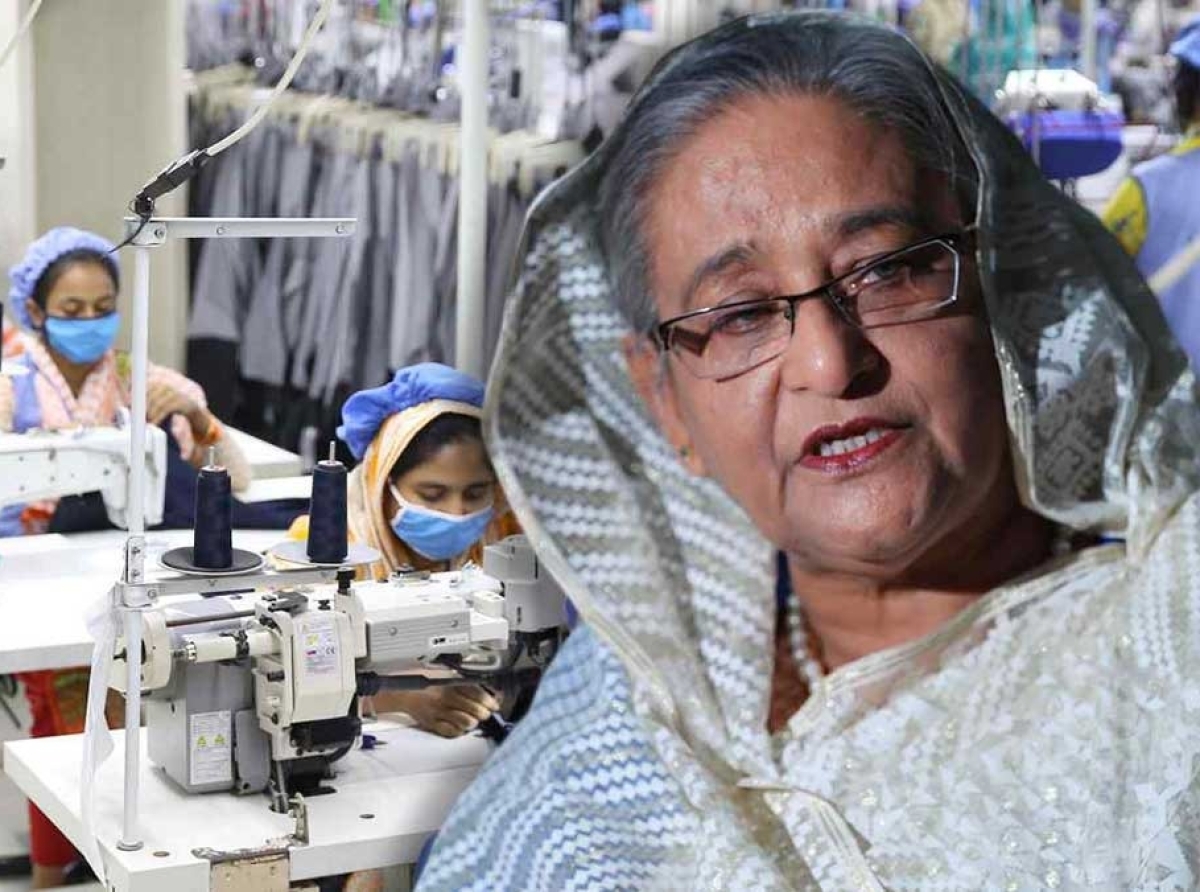9 years since Rana Plaza, IKEA & Levi's are free-riding on efforts to make factories safe

23 April 2022, Mumbai:
Nine years ago, on 24 April 2013, the Rana Plaza building in Bangladesh collapsed, killing 1,138 people and exposing the incredibly unsafe labour conditions for factory workers in the garment sector.
Today our thoughts are with all those that had to live through this terrible, preventable tragedy, as well as with the families of those who did not survive. Nine years on, the struggle for safe factories continues, as some major garment and textile brands still continue to refuse to put their workers’ safety first.

ALSO READ BGMEA x UNI Global Union to tie-up
The Clean Clothes Campaign network marks this day by calling upon all companies that have not yet done so to sign the International Accord for Health and Safety in the Textile and Garment Sector.
Several widely known brands, such as Levi’s and IKEA, have over the past nine years refused to join the safety mechanism that was created in response to the collapse.
This programme is now in its third iteration as the International Accord. 171 brands sourcing from Bangladesh have signed this agreement, including fast fashion giants like H&M, Inditex (Zara), and Fast Retailing (UNIQLO).
By refusing to join and pay into the programme, but still sourcing from the factories that are being improved by this programme, Levi’s and IKEA are freeriding on the efforts of these other brands.
RELEVANT NEWS BANGLADESH: Country's next development phase depends on industrialization
Our research into these factories shows how both brands have been profiting from progress made possible by the programme that they have failed to support both financially and politically.
In one factory, where IKEA had been present since 2007, the first inspection since the Rana Plaza collapse showed how many safety violations had been overlooked by IKEA’s internal system. This included a lack of fire-rated doors, the presence of locks on some of the exit doors, as well as cracks in the walls.
Even though the 2008 version of IKEA’s monitoring programme explicitly identified faulty electrical wiring as a health and safety risk to be avoided, the 2014 inspection identified lacking insulation of electrical wires.
Many of these issues were resolved in the years after, without IKEA contributing to the programme leading on this progress.
Join our community on Linkedin
























